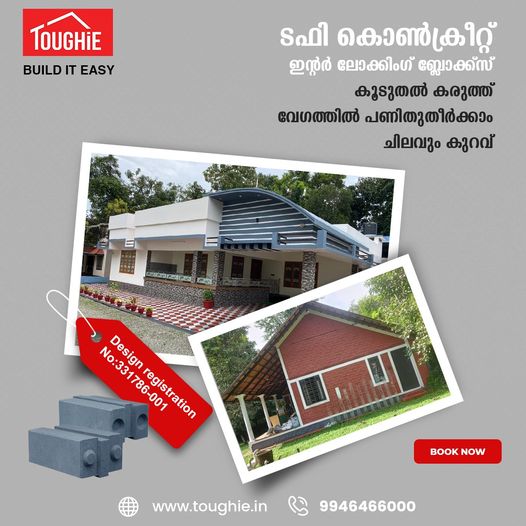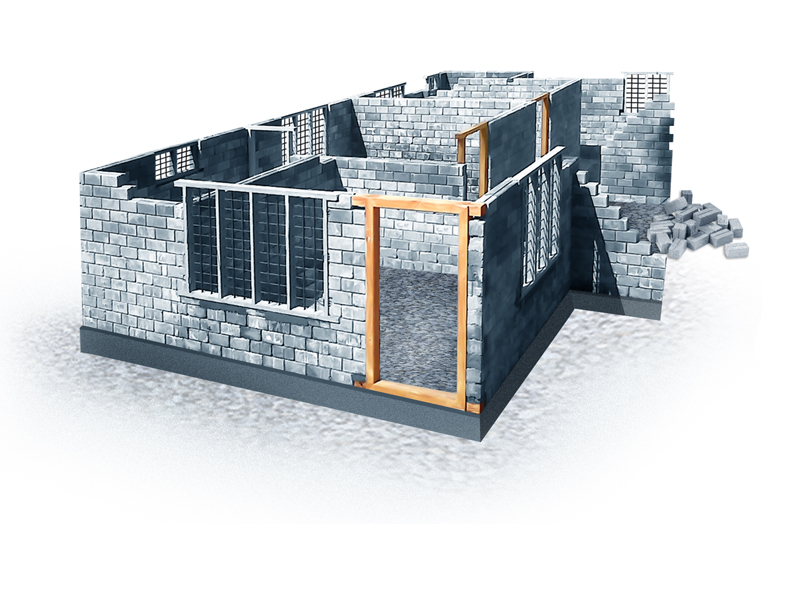
Interlocking Bricks vs. Traditional Bricks: A Comparative Analysis
- toughie
- 23 Oct, 2023
When it comes to building materials, the choice between interlocking bricks and traditional bricks can be a crucial decision, particularly in a place like Kerala, known for its diverse climate and environmental concerns. Toughie Interlocking Bricks have emerged as a popular alternative in recent years, offering numerous advantages over conventional bricks.
One of the primary distinctions between interlocking bricks and traditional bricks lies in the construction process. Interlocking bricks, as the name suggests, have a unique design that allows them to fit together seamlessly, eliminating the need for mortar. In contrast, traditional bricks require mortar for bonding, leading to increased labor and time costs. Toughie Interlocking Bricks simplify the construction process significantly, making it faster and more efficient.
Durability is another vital factor. Interlocking bricks, being manufactured using high-quality materials and innovative techniques, are known for their strength and longevity. They can withstand the harsh climate conditions of Kerala, including heavy rains and intense heat, without deteriorating. Traditional bricks, while durable, may require frequent maintenance due to mortar erosion and water damage, which can be a recurring cost.

The environmental impact of construction materials is an increasingly significant concern. Interlocking bricks are an eco-friendly choice since they are made with minimal cement, reducing carbon emissions during production. Additionally, these bricks can be reused, reducing waste. In contrast, traditional bricks involve higher cement usage and generate more construction waste, contributing to environmental degradation.
Cost-effectiveness is a crucial aspect to consider. While the initial cost of interlocking bricks may be slightly higher than traditional bricks, the long-term benefits outweigh this difference. Reduced labor costs, lower maintenance requirements, and energy efficiency make Toughie Interlocking Bricks a cost-effective investment in the long run.
In conclusion, the choice between interlocking bricks and traditional bricks in Kerala comes down to several factors, including construction efficiency, durability, environmental impact, and cost-effectiveness. Toughie Interlocking Bricks offer a compelling alternative, excelling in these areas. They simplify construction, provide durability in Kerala’s challenging climate, are eco-friendly, and ultimately prove cost-effective. When considering your next construction project in Kerala, choosing Toughie Interlocking Bricks might just be the smartest decision you make.Is this conversation helpful so far?


